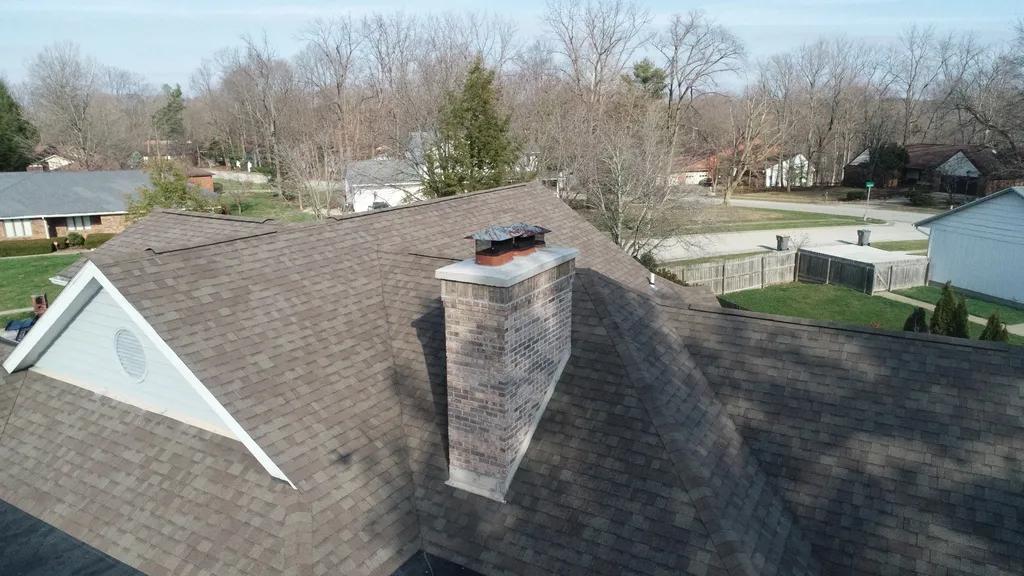Masonry structures are known for their durability and longevity, but over time, cracks may start to appear. These cracks can not only affect the aesthetics of the building, but also compromise its structural integrity if left unattended. In this professional guide, we will discuss the common causes of masonry cracks and provide expert tips on how to properly repair them, ensuring the longevity and stability of your masonry structures.
Table of Contents
- Identifying Common Causes of Masonry Cracks
- Understanding the Types of Masonry Crack Patterns
- Implementing Proper Repair Techniques
- Choosing the Right Materials for Long-Lasting Results
- Q&A
- To Conclude

Identifying Common Causes of Masonry Cracks
One of the most common issues that homeowners face with masonry structures is the presence of cracks. These cracks can be unsightly, but they can also indicate underlying structural problems that need to be addressed. By identifying the common causes of masonry cracks, you can take steps to repair and prevent further damage to your property.
Some of the most frequent causes of masonry cracks include:
- Settlement of the foundation
- Freeze-thaw cycles
- Poor construction practices
- Excessive moisture
By addressing these issues and repairing cracks promptly, you can ensure the stability and longevity of your masonry structures.

Understanding the Types of Masonry Crack Patterns
When it comes to repairing masonry cracks, it is crucial to understand the different types of crack patterns that may appear. These patterns can provide valuable insights into the underlying causes of the damage and help determine the most effective repair strategy. By identifying the specific type of crack, you can ensure that the proper techniques and materials are used to address the issue and prevent future damage.
There are several common types of masonry crack patterns that you may encounter, including:
- Vertical cracks: These cracks typically occur due to settlement or thermal expansion and contraction. They can be easily repaired with epoxy injections or mortar.
- Horizontal cracks: These cracks are often a sign of foundation issues or excessive moisture. Reinforcement bars or stitching may be necessary to repair them effectively.
- Stair-step cracks: These cracks are common in brick masonry and are often caused by differential settlement. Repointing or rebuilding may be required to fix them properly.

Implementing Proper Repair Techniques
When it comes to repairing masonry cracks, it is essential to use proper techniques to ensure a long-lasting and effective solution. One of the first steps in the repair process is to assess the extent of the damage and identify the cause of the cracks. This will help to determine the best course of action to take in repairing the masonry.
Some common techniques for repairing masonry cracks include tuckpointing, repointing, and grouting. These methods involve removing the damaged mortar and replacing it with new mortar that matches the existing masonry. By using these techniques, you can restore the structural integrity of the masonry and prevent further damage from occurring. It is important to follow proper procedures and techniques to ensure a successful repair that will last for years to come.

Choosing the Right Materials for Long-Lasting Results
When it comes to repairing masonry cracks, choosing the right materials is crucial for achieving long-lasting results. Using high-quality materials can ensure that the repair is strong and durable, preventing future cracks from forming. Here are some key factors to consider when selecting materials for masonry crack repair:
- Type of masonry: Different types of masonry, such as brick, concrete, or stone, require different repair materials. Make sure to choose a material that is compatible with the type of masonry you are working with.
- Water resistance: Opt for materials that are water-resistant to prevent moisture from seeping into the cracks and causing further damage. Look for products specifically designed for waterproofing masonry surfaces.
- Flexibility: Choose a material that is flexible and able to expand and contract with the masonry to prevent future cracking. This is particularly important in areas with extreme temperature fluctuations.
| Product | Benefits |
|---|---|
| Epoxy injection resin | Provides strong adhesion and structural reinforcement |
| Acrylic sealant | Flexible and weather-resistant for long-lasting repairs |
| Cementitious mortar | Ideal for filling larger cracks and gaps in masonry |
By carefully selecting the right materials for masonry crack repair, you can ensure that your repairs are durable and will stand the test of time. Take the time to research and choose products that are specifically designed for the type of masonry you are working with, as well as the specific requirements of the repair job. Investing in high-quality materials now can save you time and money on future repairs.
Q&A
Q: What are the common causes of masonry cracks?
A: Common causes of masonry cracks include foundation settling, extreme weather conditions, poor installation, and structural movement.
Q: How can I identify different types of masonry cracks?
A: Cracks in masonry can come in many forms, such as vertical cracks, horizontal cracks, stair-step cracks, and diagonal cracks. Each type may indicate a different underlying issue.
Q: What steps should I take to repair masonry cracks?
A: The first step in repairing masonry cracks is to identify the cause of the crack. Once the cause is determined, you can proceed with the appropriate repair method, which may include filling the crack with mortar or applying a patching compound.
Q: When should I seek professional help for masonry crack repair?
A: It is recommended to seek professional help for masonry crack repair if the crack is larger than 1/4 inch wide, if the crack is spreading rapidly, or if the crack is accompanied by other signs of structural damage.
Q: How can I prevent masonry cracks in the future?
A: To prevent masonry cracks in the future, it is important to address any underlying issues that may be causing the cracks, such as poor drainage or improper installation. Regular maintenance and inspections can also help prevent future cracks from forming.
To Conclude
In conclusion, masonry cracks are a common issue that can be properly addressed with the right techniques and expertise. By following the professional guide provided in this article, you can ensure that your masonry structures are properly repaired and restored to their original condition. Remember, when in doubt, it is always advisable to consult with a professional mason to handle any complex repairs. Thank you for reading and best of luck with your masonry repairs.


